The Trinidad and Tobago Carnival stands as a vibrant testament to the rich cultural tapestry and exuberant spirit of the Caribbean. Rooted in a history that intertwines African and European traditions, this annual celebration has evolved into one of the world’s most renowned festivals, attracting visitors and participants from across the globe.
The origins of the Trinidad and Tobago Carnival can be traced back to the 18th century when French colonists brought their pre-Lenten festivities to the island. These celebrations, marked by masquerade balls, elaborate costumes, and music, merged with the African traditions brought by enslaved individuals, creating a unique fusion of cultures. Over the years, this dynamic blend evolved, giving rise to the Carnival as it is known today.
One of the defining features of the Trinidad and Tobago Carnival is its vibrant and elaborate costumes. Participants, known as masqueraders, spend months preparing and designing intricate outfits adorned with feathers, beads, and sequins. The costumes often reflect themes ranging from historical events to social commentary, showcasing the creativity and ingenuity of the participants.
Soca music, with its infectious beats and lively rhythms, serves as the heartbeat of the Carnival. Originating in Trinidad and Tobago, soca has become synonymous with the festivities, creating an atmosphere of joy and celebration. Calypso, another influential musical genre, also plays a significant role, often incorporating witty and socially relevant lyrics.
The build-up to the Carnival begins months in advance, marked by various pre-Carnival events and competitions. Calypso competitions and steel pan contests showcase the musical talents of the locals, while beauty pageants and talent shows add an extra layer of excitement. The anticipation leading up to Carnival Monday and Tuesday, the main days of revelry, is palpable as the entire nation immerses itself in the preparations.
As the festival approaches, the traditional King and Queen of Carnival competitions take center stage. These contests showcase the most elaborate and visually stunning costumes, and participants vie for the prestigious titles. The King and Queen costumes often tell stories or convey messages, serving as artistic expressions of the themes chosen by the designers.
Carnival Monday ushers in the festivities with the J’ouvert celebrations, a pre-dawn street party that sets the tone for the days ahead. J’ouvert, derived from the French term “jour ouvert” (day open), is a time of uninhibited revelry where participants cover themselves in paint, mud, or oil, symbolizing a break from societal norms. The pulsating rhythms of steel pan bands and the energetic dance of the masqueraders create an electrifying ambiance.
Carnival Tuesday is the pinnacle of the celebrations, with the Parade of the Bands taking center stage. Thousands of masqueraders, organized into bands, parade through the streets of Port of Spain, the capital city. Each band has its own theme, and the streets transform into a kaleidoscope of colors as revelers showcase their meticulously crafted costumes.
Beyond the vibrant aesthetics, the Trinidad and Tobago Carnival holds profound cultural significance. It is a time when the nation collectively embraces its diverse heritage and expresses its identity through music, dance, and art. The Carnival serves as a platform for social commentary, with calypso songs addressing contemporary issues and offering a voice to societal concerns
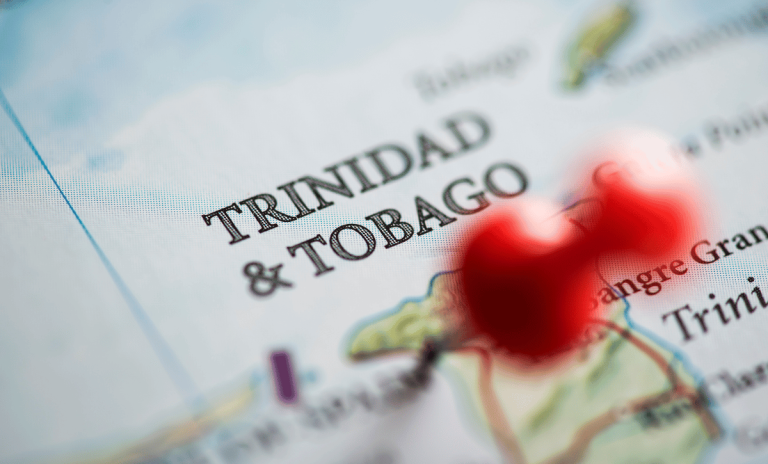
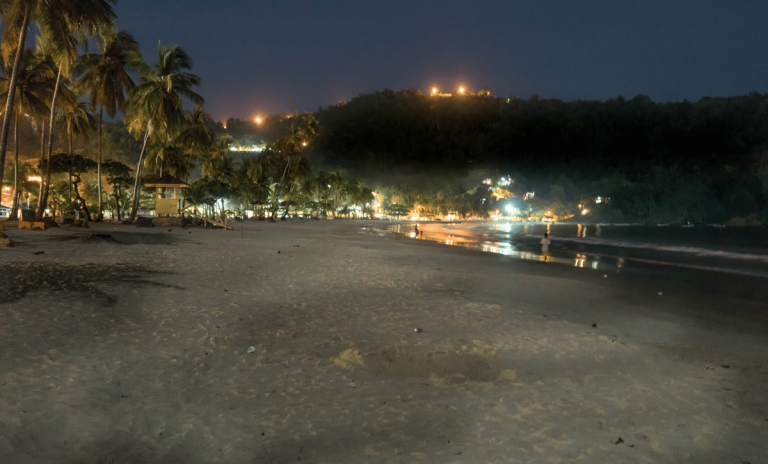
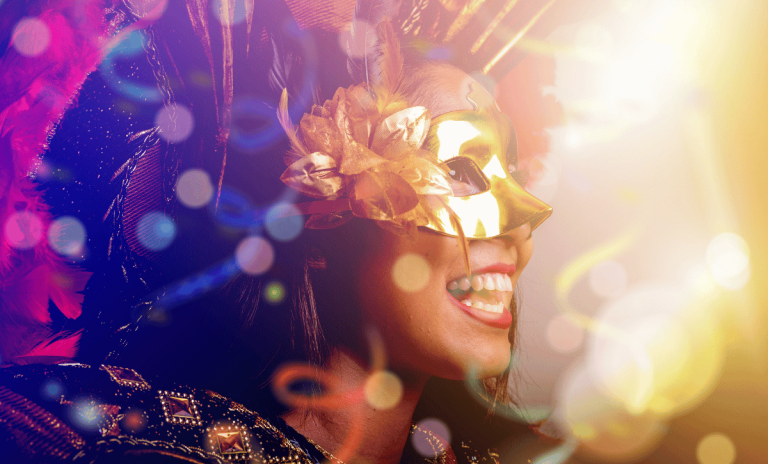
A Global Spectacle of Joy and Unity

The impact of the Trinidad and Tobago Carnival extends far beyond the borders of the Caribbean islands. It has become a global phenomenon, drawing visitors from all corners of the world who seek to immerse themselves in the unparalleled energy and infectious enthusiasm that characterize this extraordinary celebration.
One of the unique features of the Trinidad and Tobago Carnival is its inclusive nature. While deeply rooted in the local culture, the festival welcomes participants and spectators from diverse backgrounds, creating a melting pot of cultures and fostering a sense of unity. The global appeal of the Carnival has contributed to its status as a must-attend event for enthusiasts of music, dance, and cultural festivals.
Tourism during the Carnival season is a significant economic driver for Trinidad and Tobago. The influx of international visitors seeking to experience the festivities firsthand provides a boost to the local economy. Hotels, restaurants, and businesses catering to Carnival-related activities experience a surge in demand, contributing to the overall economic prosperity of the region.
Beyond the economic impact, the Carnival serves as a powerful cultural ambassador for Trinidad and Tobago. The global dissemination of images, videos, and stories from the Carnival creates an enduring impression of the islands’ vibrant culture and warm hospitality. The festival has become a symbol of the Caribbean’s ability to blend tradition and modernity, offering a dynamic and welcoming environment for all.
Participating in the Trinidad and Tobago Carnival is not merely a passive experience; it is an immersive journey into the heart of Caribbean culture. Visitors have the opportunity to join masquerade bands, don colorful costumes, and dance alongside locals in the streets of Port of Spain. This participatory aspect fosters a sense of camaraderie and shared joy, breaking down cultural barriers and creating lasting memories.
The global reach of the Trinidad and Tobago Carnival is amplified through social media. As participants and spectators share their experiences online, the Carnival becomes a trending topic, capturing the attention of people worldwide. Social media platforms serve as virtual stages, showcasing the creativity of costume designs, the infectious rhythms of soca music, and the sheer joy radiating from the revelers.
Numerous Carnival-themed events and parties take place internationally, allowing those unable to attend the Trinidad and Tobago Carnival in person to partake in the festivities. Cities around the world host their own Carnival celebrations, featuring soca music, Caribbean cuisine, and vibrant costumes. These satellite events not only bring the spirit of the Carnival to diverse locations but also contribute to the global dissemination of Caribbean culture.
The Trinidad and Tobago Carnival has also inspired similar celebrations in other Caribbean nations and beyond. The concept of a pre-Lenten festival characterized by colorful costumes, lively music, and street parades has been embraced by various cultures, creating a global tapestry of Carnival celebrations. This cross-cultural exchange further solidifies the Carnival’s status as a universal expression of joy and unity.
In conclusion, the Trinidad and Tobago Carnival stands as a dynamic celebration that transcends local boundaries to become a global spectacle of joy and unity. Its roots in history, the vibrant expressions of culture through music and dance, and the inclusive atmosphere have propelled the Carnival to international acclaim. As Trinidad and Tobago continues to host this extraordinary event, it not only enriches its own cultural heritage but also shares the infectious spirit of the Caribbean with the world.

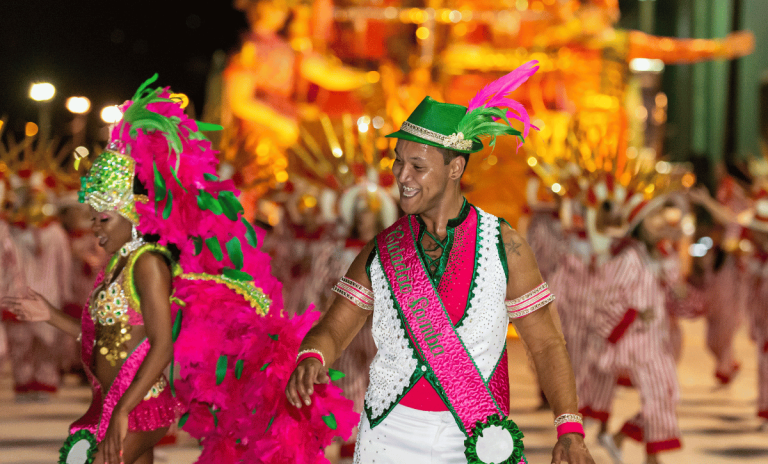

Cultural Evolution and Social Impact

The Trinidad and Tobago Carnival is not static; it is a living, breathing cultural phenomenon that undergoes continuous evolution, reflecting the changing dynamics of society. Over the years, the Carnival has adapted to contemporary influences while preserving its traditional roots, resulting in a dynamic celebration that resonates with people of all ages and backgrounds.
One notable evolution is the incorporation of modern technology into Carnival celebrations. From elaborate costume designs inspired by sci-fi and fantasy genres to the integration of LED lights and electronic components, Carnival costumes have embraced innovation. These technological advancements not only enhance the visual spectacle but also showcase the Carnival’s ability to blend tradition with contemporary trends.
The music of the Carnival has also seen evolution, with the emergence of new sub-genres within soca and the fusion of international influences. While traditional calypso remains a significant component, the introduction of power soca, chutney soca, and other variations adds diversity to the musical landscape. The Carnival has become a platform for emerging artists to showcase their talents, contributing to the ongoing development of Caribbean music on the global stage.
In recent years, there has been a growing emphasis on sustainability within the Carnival. Recognizing the environmental impact of the festival, organizers and participants have taken steps to incorporate eco-friendly practices. From using recyclable materials in costume design to implementing waste management initiatives during the festivities, the Carnival community is increasingly conscious of its ecological footprint.
Beyond its cultural and environmental dimensions, the Trinidad and Tobago Carnival has played a significant role in shaping social dynamics and fostering a sense of community. The inclusive nature of the festival breaks down socio-economic barriers, bringing people from all walks of life together to celebrate their shared heritage. The streets of Port of Spain become a democratic space where everyone, regardless of background or status, can participate in the revelry.
The Carnival has also been a platform for social commentary and activism. Calypso, with its tradition of witty and often politically charged lyrics, serves as a voice for the people, addressing issues such as inequality, corruption, and social justice. Calypsonians use the stage to express dissent, challenge societal norms, and advocate for positive change. In this way, the Carnival becomes a dynamic forum for public discourse, echoing the historical roots of calypso as a form of social commentary.
The festival’s impact on gender dynamics is noteworthy. Traditionally, Carnival costumes often featured revealing outfits for women, leading to discussions about objectification and gender roles. However, in recent years, there has been a conscious effort to challenge stereotypes and promote inclusivity. The rise of empowered female masqueraders, who design and wear costumes that reflect their agency and individuality, signals a shift towards a more inclusive and progressive Carnival culture.
Education is another area where the Carnival exerts a positive influence. The intricate designs of costumes, the historical themes portrayed, and the diverse musical genres showcased offer valuable educational opportunities. Schools and cultural institutions often engage in Carnival-related educational programs, using the festival as a vehicle to teach history, art, and music to younger generations.
The Carnival’s influence extends beyond the festivities themselves. The creative industries, including fashion, design, and music production, experience a surge in activity during the Carnival season. Designers and artisans work tirelessly to create stunning costumes, contributing to the growth of the local creative economy. The music produced for the Carnival becomes a lucrative export, with soca artists gaining international recognition.
The cultural and economic impact of the Trinidad and Tobago Carnival is further amplified by its role as a major tourism attraction. The allure of the Carnival draws visitors from around the world, contributing to the country’s tourism industry. Travel packages, accommodations, and related services experience high demand during the Carnival season, providing a significant boost to the local economy.
In conclusion, the Trinidad and Tobago Carnival is more than a spectacle of music and color; it is a dynamic force that influences cultural, social, and economic aspects of society. From its humble origins rooted in colonial history to its current status as a global phenomenon, the Carnival continues to evolve, adapting to contemporary influences while preserving its rich traditions. As the festival enters each new chapter, it not only enriches the cultural heritage of Trinidad and Tobago but also stands as a shining example of the power of celebration to unite people, inspire creativity, and foster positive change.
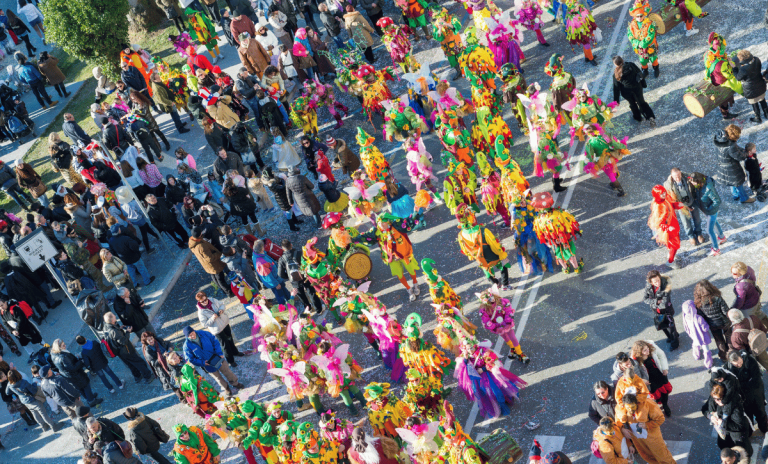
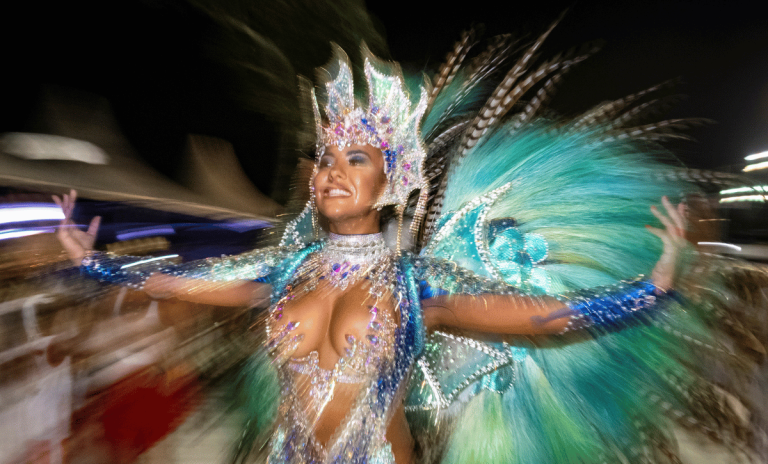
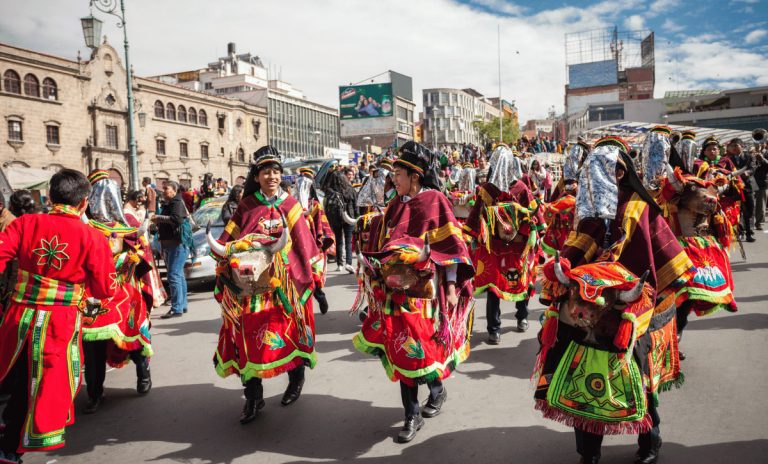
Catamaran Party Boat
Los Corales beach Bavaro, Punta Cana, Dominican Republic


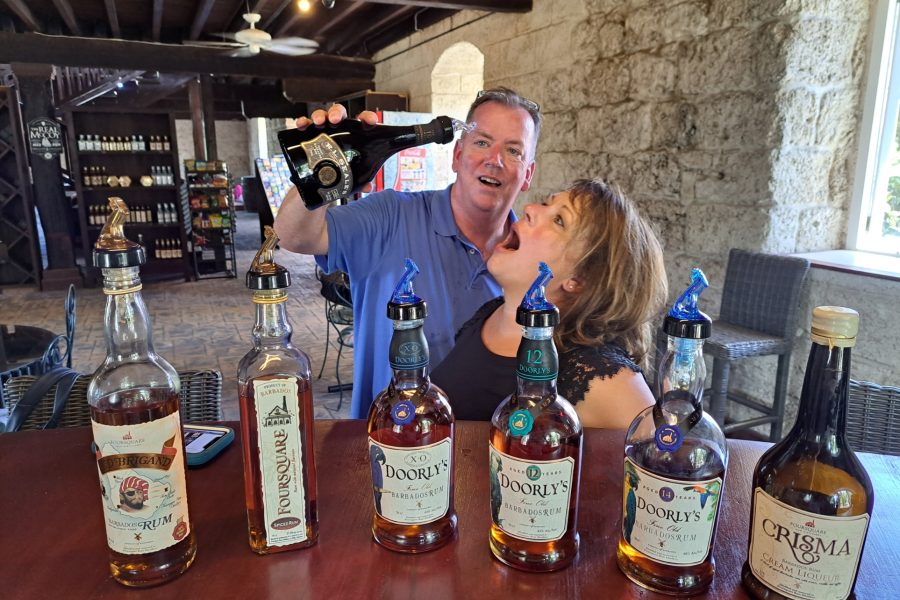



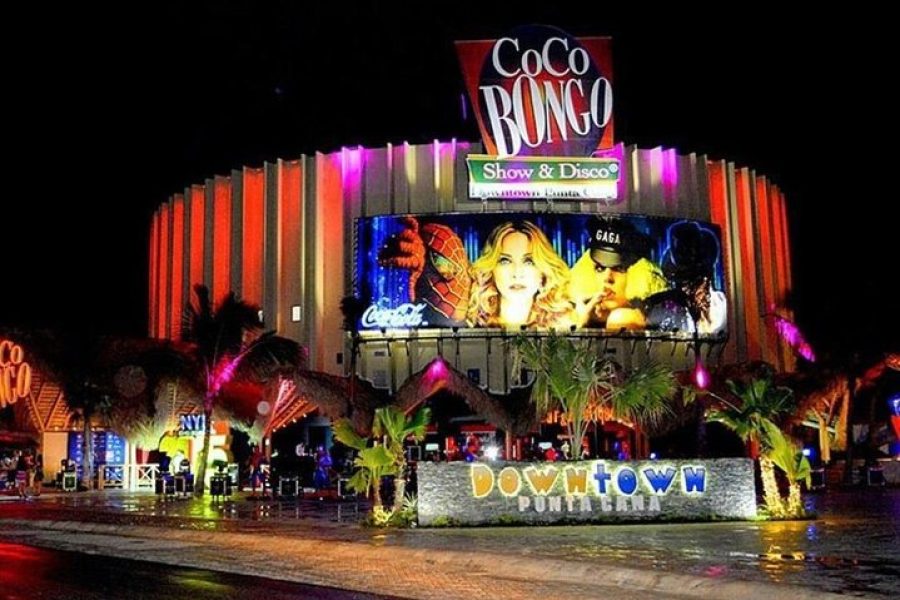

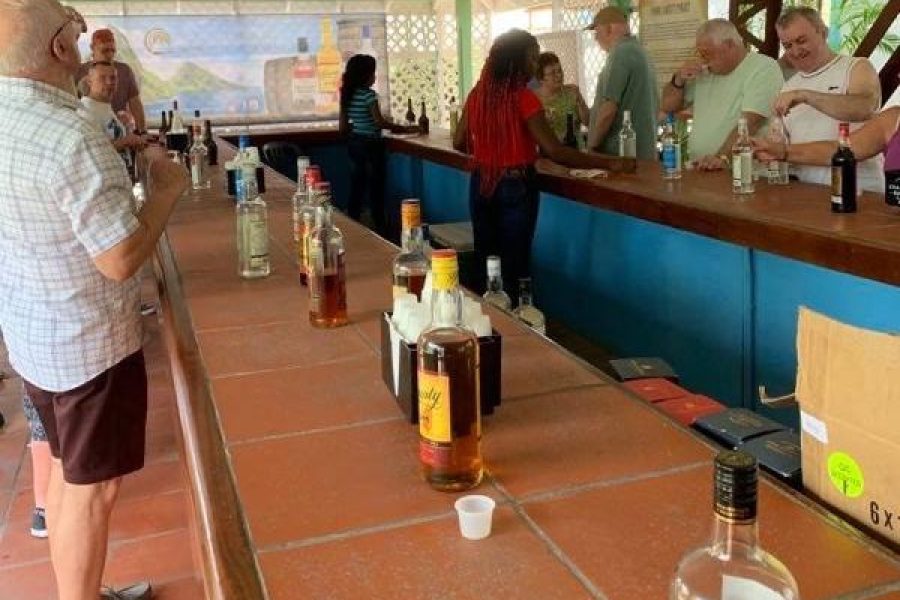

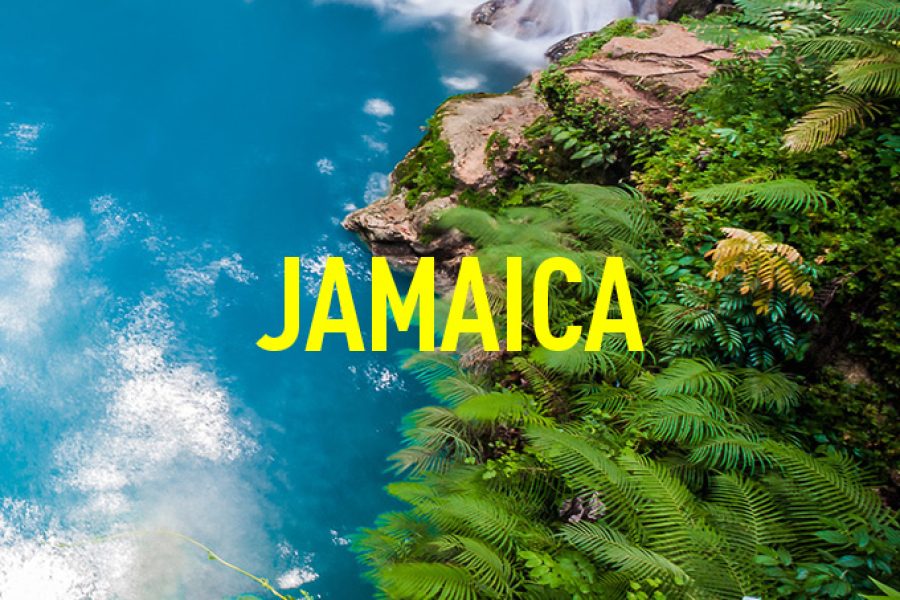
0 Comment